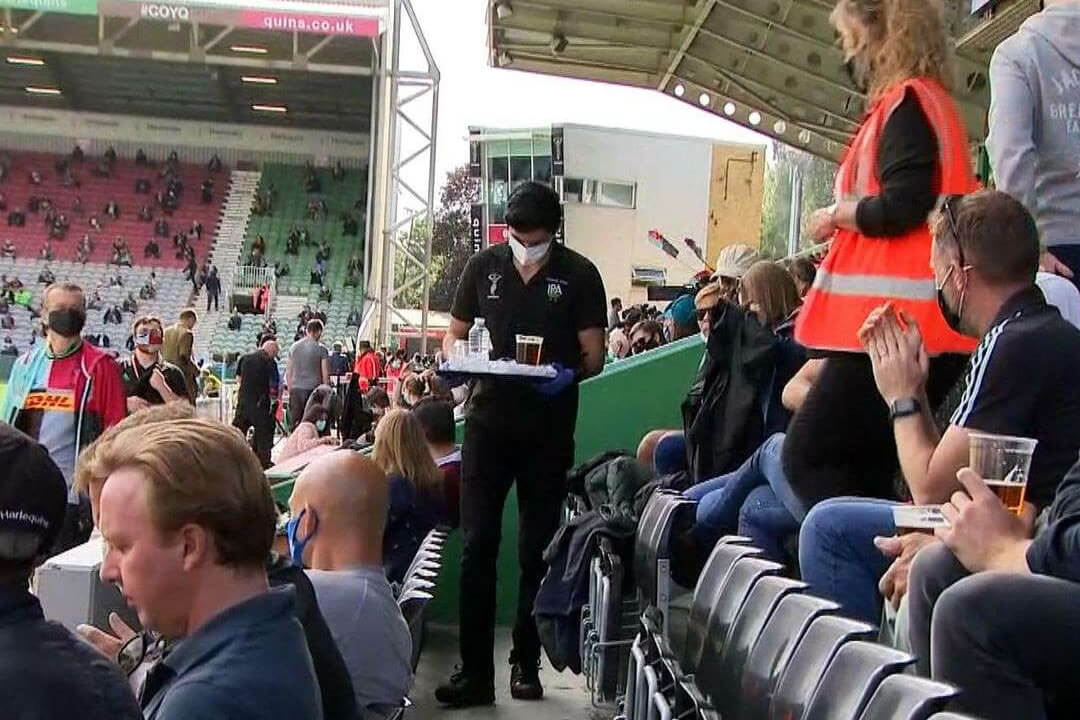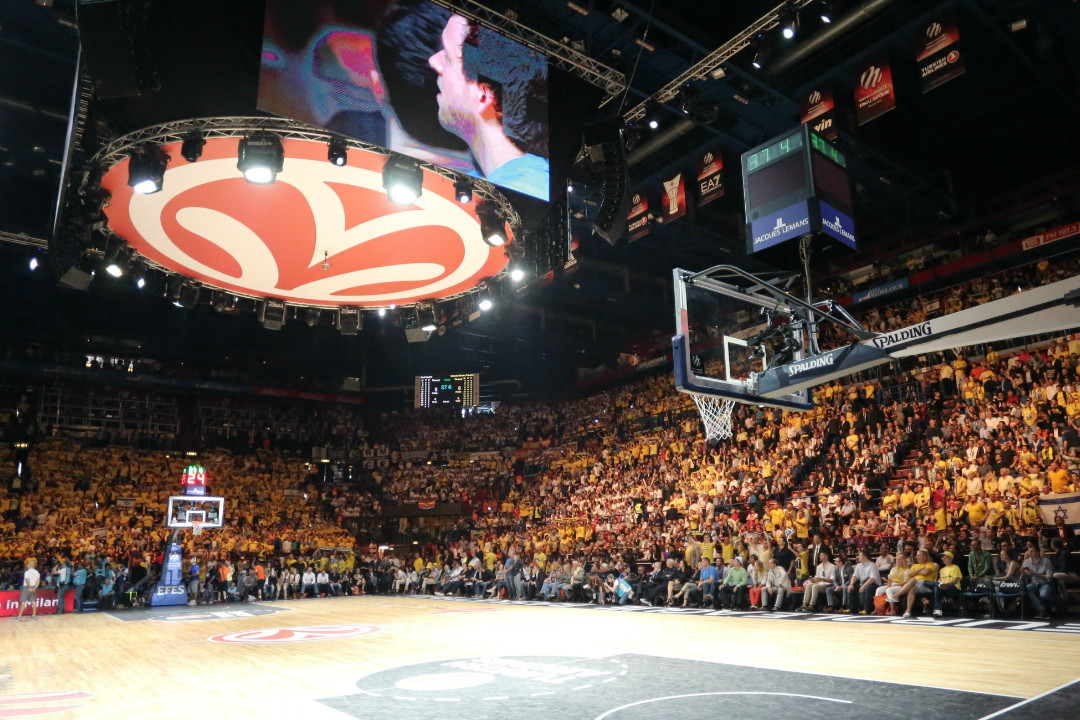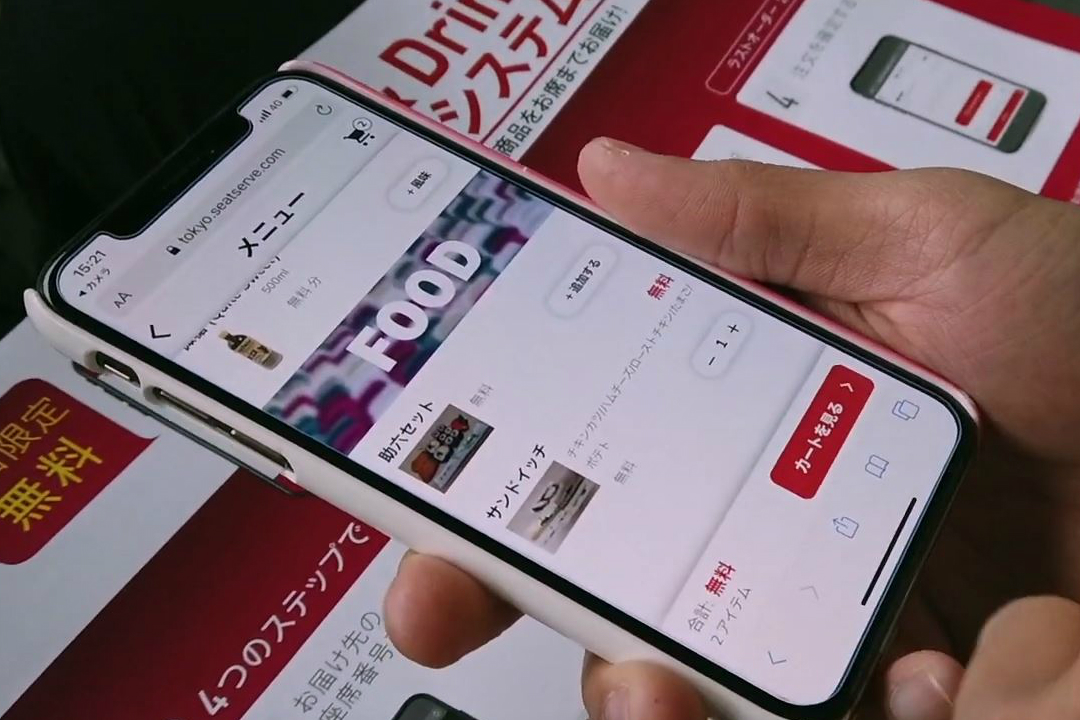Major sports leagues, from the NFL to the NBA, have seen attendance figures decline over the last decade. Fans are increasingly opting for a 4K screen and a fridge-fresh beer in the comfort of their home over a trip to the stadium.
Among the issues turning fans away is concession lines. A recent survey conducted by Oracle found that 45% of fans are abandoning concession lines if the wait time seems too long. Not only are fans being discouraged from purchasing stadium concessions, but such incidents are also damaging the fan experience. Stadium operators and vendors are paying the price too, losing out not only on those sales, but any future revenue that those fans will be discouraged from spending.
Concessionaires are trying to combat this issue by adding multiple points of sale (POS). However, this proves difficult and, in many cases, unattainable due to the limited size of concession stands and counter space.
Concessionaires are also beginning to implement faster POS solutions that can enable more fans to make purchases during breaks in an event. Others are opting to remove human workers from the equation by installing automated vending machines.
This shows that concessionaires are focusing on the right issues. It’s a step in the right direction and will likely lead to an increase in sales. However, this trend is not addressing the issue.
The issue with stadium concessions
The real problem is that for the majority of the time the stadium is open, concession stands sit empty.
Fans are motivated to behave in the same way, and all tend to head for a quick snack or drink at the same time. At sports events, concession lines tend to fill up in the minutes before the start of a game and during intermissions.
Soccer matches offer a prime example of this. Fans typically arrive 30 minutes before kick-off and have a 15 minute break in between each 45 minute half, spending roughly 135 minutes at the venue on a matchday. This means that they only get access to stadium concessions for around 33% of the time if they want to catch every minute of the action.
It doesn’t matter how long a fan has been standing in line… when they arrive at the order station, rarely have they figured out what exactly they want to order. Then there’s completing the payment, preparing the order, and handing it over to the fan. Quite often, there is that added dance of indecision between vendors and fans who can’t decide between a beer or soda, mustard or ketchup, and so on, too. Soon enough, there’s a traffic jam of a queue snaking its way around the stadium.
On average, it takes each fan at least 1.5 minutes to complete this process. That means that each POS can only serve, at most, 10 fans during a 15 minute break. The 11th fan in the line won’t be able to place their order and get back to their seat in time for the second half.
As a result, fans often have to choose between enjoying the event they paid to see, or enjoying that mustard-laden hotdog that they’re craving. Why can’t they have both?
SeatServe: A solution to the concession line bottleneck
The solution is simple: allow fans to place their orders via their mobile phone and either pick it up or have it delivered to their seat once it’s ready.
Not only does this solve the issue of long queues at concession stands, but it also allows venues to monetize stadium concessions for the entire time that fans are there.
SeatServe offers this solution, enabling sports venues to fulfill in-seat deliveries throughout the stadium. Offering all the food, drinks and merchandise fans want at their fingertips via simple native and web apps, SeatServe helps fans to see more and vendors to sell more.
Which would you prefer?
- I come to the bar when it is busy or when it is empty.
- Stuck on my own in a queue or sat in my seat with my friends.
- The bar doesn’t know what I want or the bar knows (and has prepared) in advance.
- Full menu options (including merchandise) or limited menu from each concession.
- Limited to what I can carry or choosing anything that I (& my group) want.
- Staff required to process the transaction or transaction already completed.
- Order gets made up or order pre-prepared.
- No change in my behavior or staying seated & missing none of the action.
- No unique brand interaction or branded solution to a major pain point.
- Venue doesn’t understand me or club knowing who I am, where I’m sitting, what I like & when I like it.
SeatServe has enabled in-seat delivery at the Gazprom Arena, home of Russian Premier League champions Zenit St Petersburg. Serving the entirety of the 70,000-seater stadium, we guarantee a shorter delivery time than fans would otherwise spend standing in queues. That is currently an impressive four minutes from when the customer places the order to when it arrives at their seat.
The European champions, Liverpool Football Club, have also signed to offer SeatServe to their supporters for a third consecutive year. The deal will allow 50,000 fans throughout Anfield to continue ordering to their seats as they march towards another season atop the Premier League.
The club was recently awarded the Blue Badge Access Award for its inclusivity for disabled supporters, and SeatServe is proud to have played its part in that achievement.
“The team has invested so much time and effort into launching the SeatServe initiative and ensuring its ongoing success as it was rolled out throughout the stadium last season, so it’s fantastic to be recognised in this way,” Paul Cuttill, vice president of stadium operations for Liverpool FC, said.
SeatServe is enabling more and more clubs and venues to give their guests the experience that they deserve. They get all the beer, Scouse pies and cheesy nachos they want at their fingertips. You get a more efficient workforce, an in-stadium marketing solution, and an increase in revenue. It really is a win-win.


